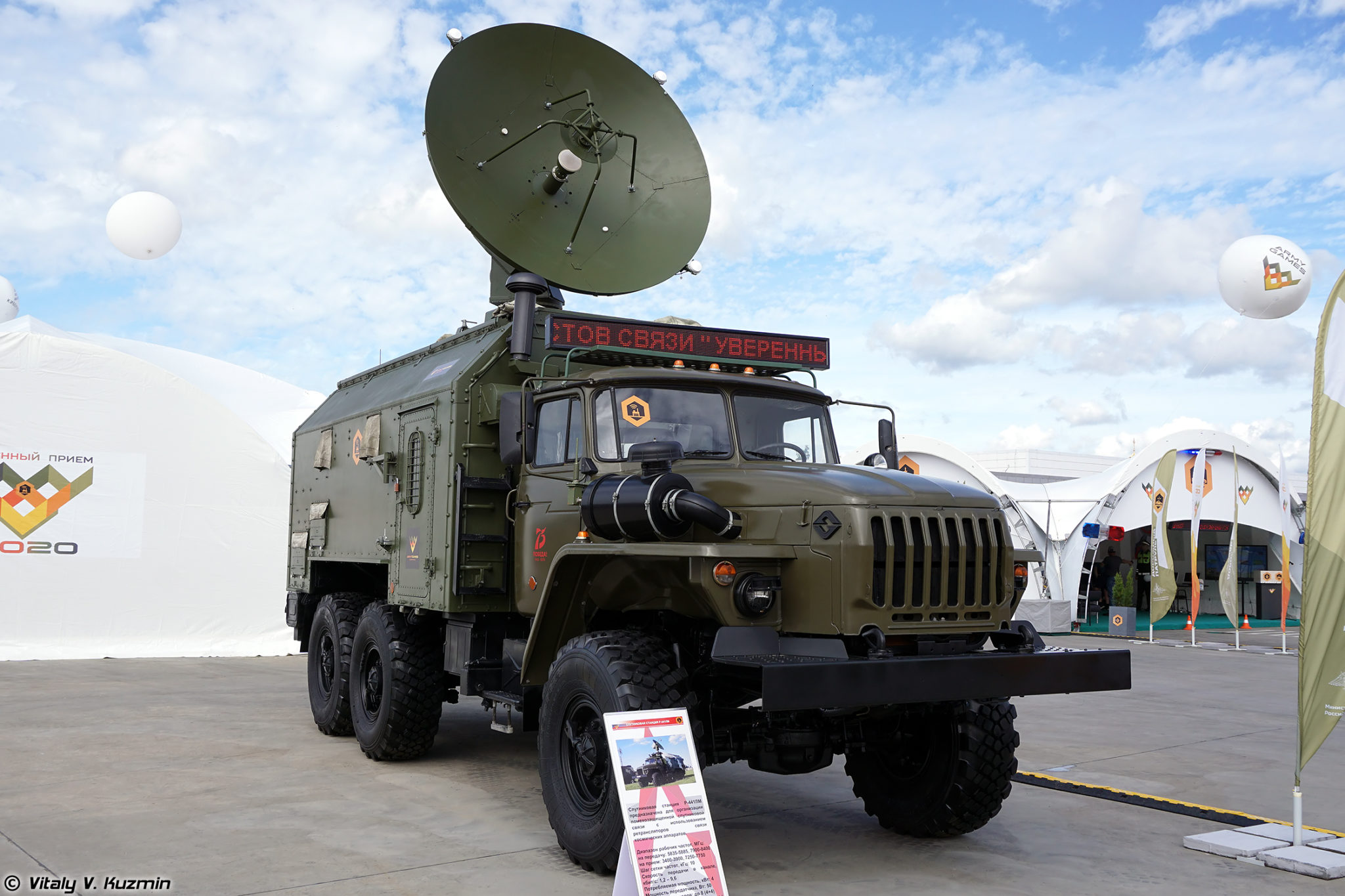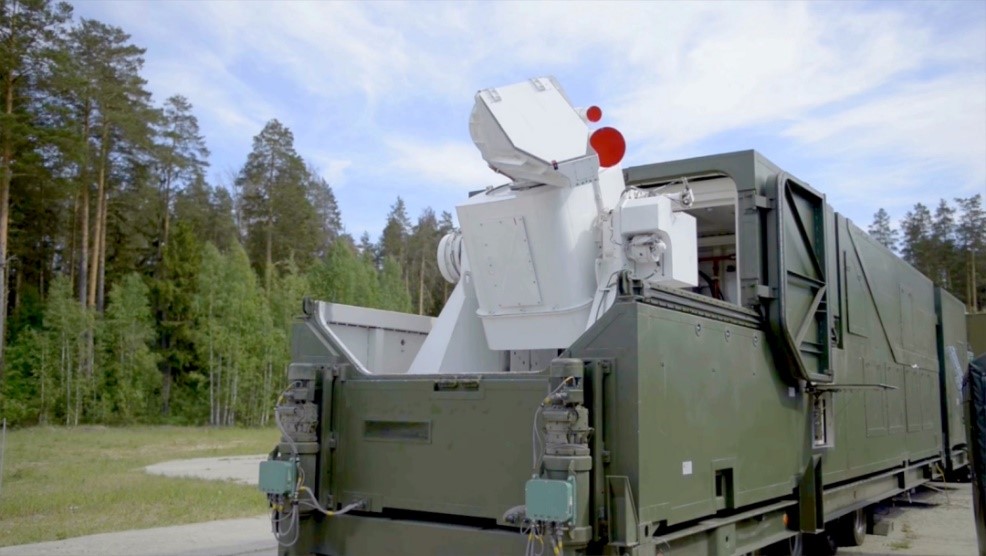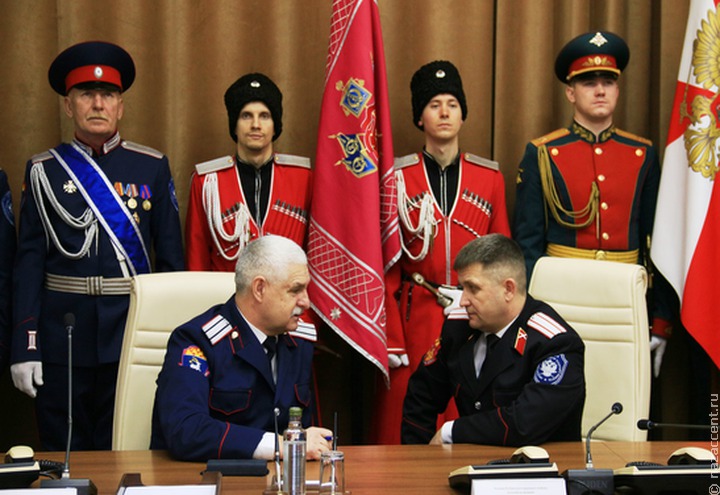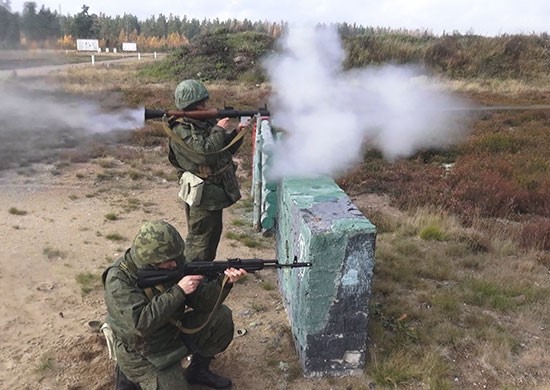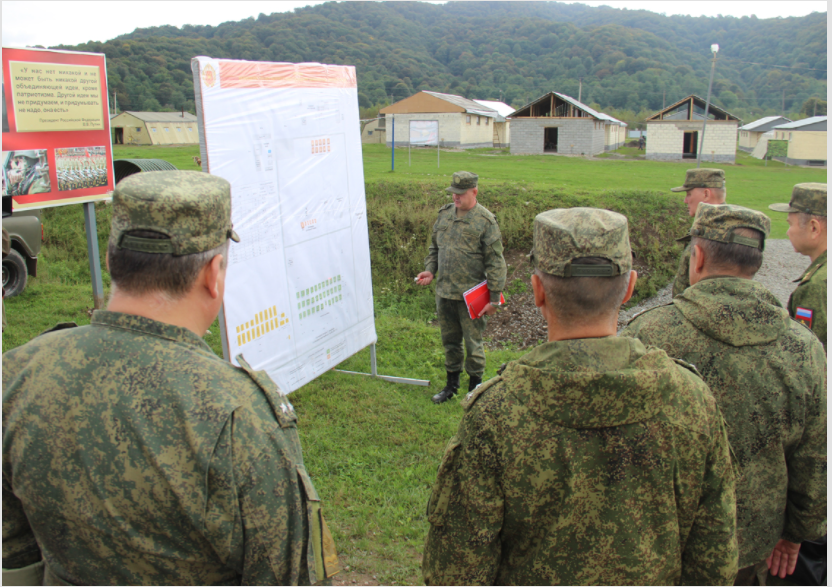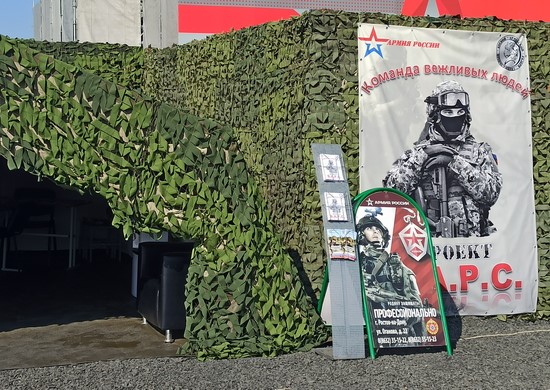“It is noteworthy that one-time payments to Russian veterans are many times less than similar assistance to their fellow soldiers living in the Asian republics of the former USSR….”
As the brief excerpted article in the semi-independent Nezavisimaya Gazeta indicates, Kremlin rhetoric regarding the debt owed to World War II (WWII) veterans far outweighs the reality of the low pay they receive. Russia’s annual Victory Day commemoration on 9 May has become the apotheosis and driving force behind current Kremlin ideology. The Soviet Union’s triumph over Nazi Germany in the what the Russian’s know as the “Great Patriotic War” now serves as the bellicose prism through which the Kremlin view themselves and the world. Just as the Soviet Union saved the world from fascism in the early 1940s, so today, according to Kremlin propaganda, brave Russian soldiers are fighting Nazism in Ukraine. Given the central importance of this holiday and the current conflict, one might assume that the Kremlin would understand the importance of demonstrating its gratitude to those few surviving Russian veterans. However, the article showed an unflattering comparison between the annual benefits provided to surviving WWII veterans in Russia and four Central Asian countries: Uzbekistan, Kyrgyzstan, Kazakhstan and Tajikistan. For instance, in 2022, “10 thousand rubles [$154] were transferred to the 20,320 [remaining WWII] veterans in the Russian Federation.” Although the Central Asian economies are much smaller than Russia’s, they provided a significantly larger veteran benefit. Uzbekistan provided $1,339; Kyrgyzstan paid $1,209; Kazakhstan paid $2,400; and Tajikistan provided $234 to its veterans. Given the Kremlin’s increasingly heavy-handed regulation of Russia’s media environment, this issue bears further monitoring to see if it gains traction among the Russian public and may provide some opening to combat the Kremlin’s domestic misinformation campaign.
Source:
Mikhail Sergeev, “Участники ВОВ в России получат в 9 раз меньше, чем в Узбекистане и Киргизии (Participants of the Second World War in Russia will receive 9 times less than in Uzbekistan and Kyrgyzstan),” Nezavisimaya Gazeta (semi-independent), 4 May 2022. https://www.ng.ru/economics/2022-05-04/100_e04052022_1.html
Comparison of veterans’ payments for Victory Day…On the anniversary of the Victory, participants in the Great Patriotic War living in the Donetsk People’s Republic, the Lugansk People’s Republic and the liberated territories of Ukraine will receive a one-time payment of 10,000 Russian rubles by decree of Russian President Vladimir Putin. The same amount will be received by veterans living in the territory of the Russian Federation. Annual payments for Victory Day in the amount of 10 thousand rubles were transferred to 20,320 veterans in the Russian Federation, the Ministry of Labor reported…
It is noteworthy that one-time payments to Russian veterans are many times less than similar assistance to their fellow soldiers living in the Asian republics of the former USSR…. In Uzbekistan, for example, war veterans, concentration camp prisoners and Leningrad blockade survivors will each receive 15 million soums (equivalent to 1,339 US dollars or more than 93,000 Russian rubles)…. In Kyrgyzstan, the veterans’ payment for Victory Day will amount to 100,000 soms ($1,209 or almost 85,000 Russian rubles)….
In Kazakhstan, the size of veterans’ payments for Victory Day varies depending on the region of residence and the special status of the recipient. Thus, veterans of the Great Patriotic War living in Nur-Sultan and Almaty will receive 1 million tenge (156 thousand Russian rubles) each, and in Aktobe – 2 million tenge (312 thousand Russian rubles).So the difference in the amount of veterans’ payments even increased this year. Last year, NG wrote that “soldiers living in Kazakhstan will receive 17 times more than their Russian fellow soldiers.” And today you can name another difference – 31 times more than in the Russian Federation….


